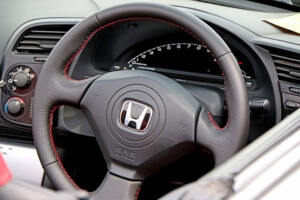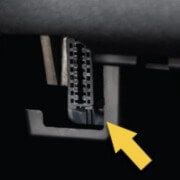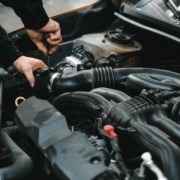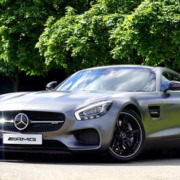When Does Cruise Control Save Gas?
Does cruise control save gas?
Skyrocketing fuel prices offer plenty of motivation to find ways to conserve gasoline and extend the time between trips to the gas station. Shockingly, average gasoline prices have doubled in the past year and a half.
And yes, a vehicle’s cruise control can help save gas, but it only helps under certain conditions. The driver may find that other tactics work better to spare fuel than using cruise control in different circumstances.
When Does Cruise Control Save Gas?
Cruise control’s primary benefits include conserving fuel under the right conditions and reducing driver fatigue. With the right circumstances, cruise control typically helps reduce fuel consumption by seven to 14 percent, though some studies have achieved reductions of up to 20 percent. These systems vary, and some of the more advanced cruise controls handle inclines and intermittent braking better than others.
Optimal conditions for maintaining a constant speed include relatively flat terrain and low congestion. The cruise control might not save gasoline if:
The driver needs to apply the brakes often because of stop-and-start traffic, such as crowded commutes during rush hour.
The cruise control needs to adjust for inclines and declines in the terrain.
In addition, drivers should avoid using cruise control under heavy rain, snow, or icy conditions. The driver should maintain manual control in these weather conditions to prevent unexpected acceleration or deceleration on slippery spots. In the worst cases, this could cause the vehicle to hydroplane or skid, and the driver may lose control and suffer an accident. No driver would want to conserve fuel by increasing the risk of an accident.
 How Does Cruise Control Save Gas?
How Does Cruise Control Save Gas?
The system can help conserve fuel by reducing unnecessary deceleration and acceleration. Thus, using it on a lightly traveled, relatively flat stretch of highway can make it a fuel-efficient solution. When traveling on a hilly stretch of road, drivers should manually target a constant speed but slow down by five to ten MPH on inclines for the best results. This tip for sparing gasoline also extends the range of electric vehicles.
Other Ways to Conserve Fuel
Think of cruise control as one tool to help conserve gasoline under optimal conditions. Traveling light will also help maximize the vehicle’s efficiency.
For instance:
- Cargo racks or accessories may reduce the vehicle’s aerodynamics. Thus, remove them when not in use.
- Take extra cargo out of the trunk or hatch area to reduce weight as much as possible.
Keep the vehicle maintained and ensure the tires stay adequately inflated to perform at their best. Besides sparing fuel, these measures can also help improve the vehicle’s lifespan and safety.
Do Performance Chips Save Fuel?
Performance chips plug into a vehicle’s OBD2 port, and drivers can install it themselves in just a minute or two. This device doesn’t cost much more than a new set of high-quality wiper blades and is even easier to install.
The chip helps conserve fuel by loading pre-tuned, customized fuel maps into the car’s electronic control unit (ECU). In turn, the chip will optimize itself automatically as you drive. Thus, your car’s fuel economy and performance should continue to improve while you operate your vehicle. Therefore, you may not notice much difference during the first several miles of your next car trip. By the time you have driven about 150 miles with the chip, you may feel as if you’re driving a different, upgraded car.
Naturally, it would help if you took common-sense measures, like maintaining your car and using the cruise control when appropriate. At the same time, your vehicle will perform better and use less fuel under almost any conditions than it would without the chip. Start shopping for a gas-saving performance chip today.











